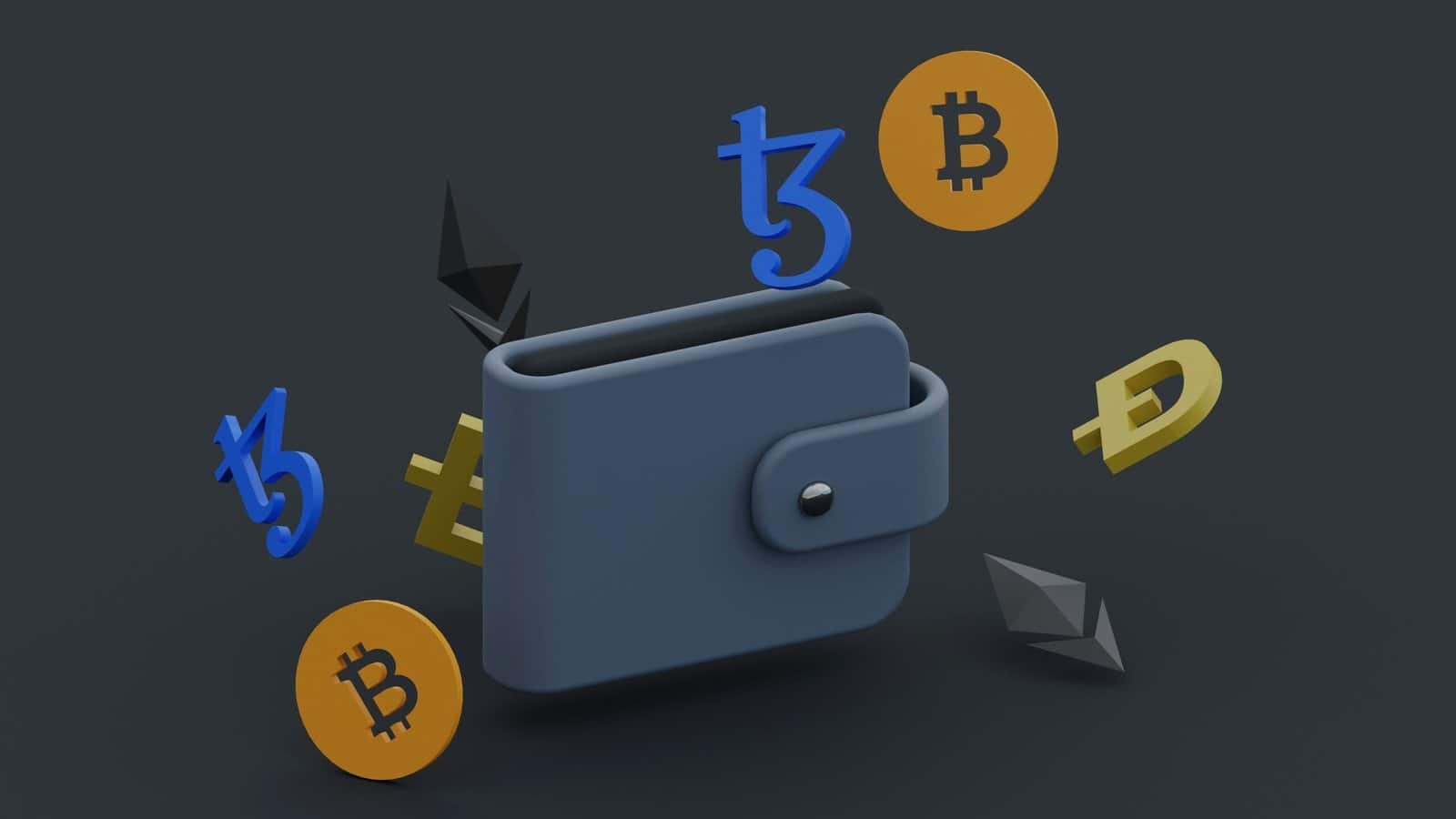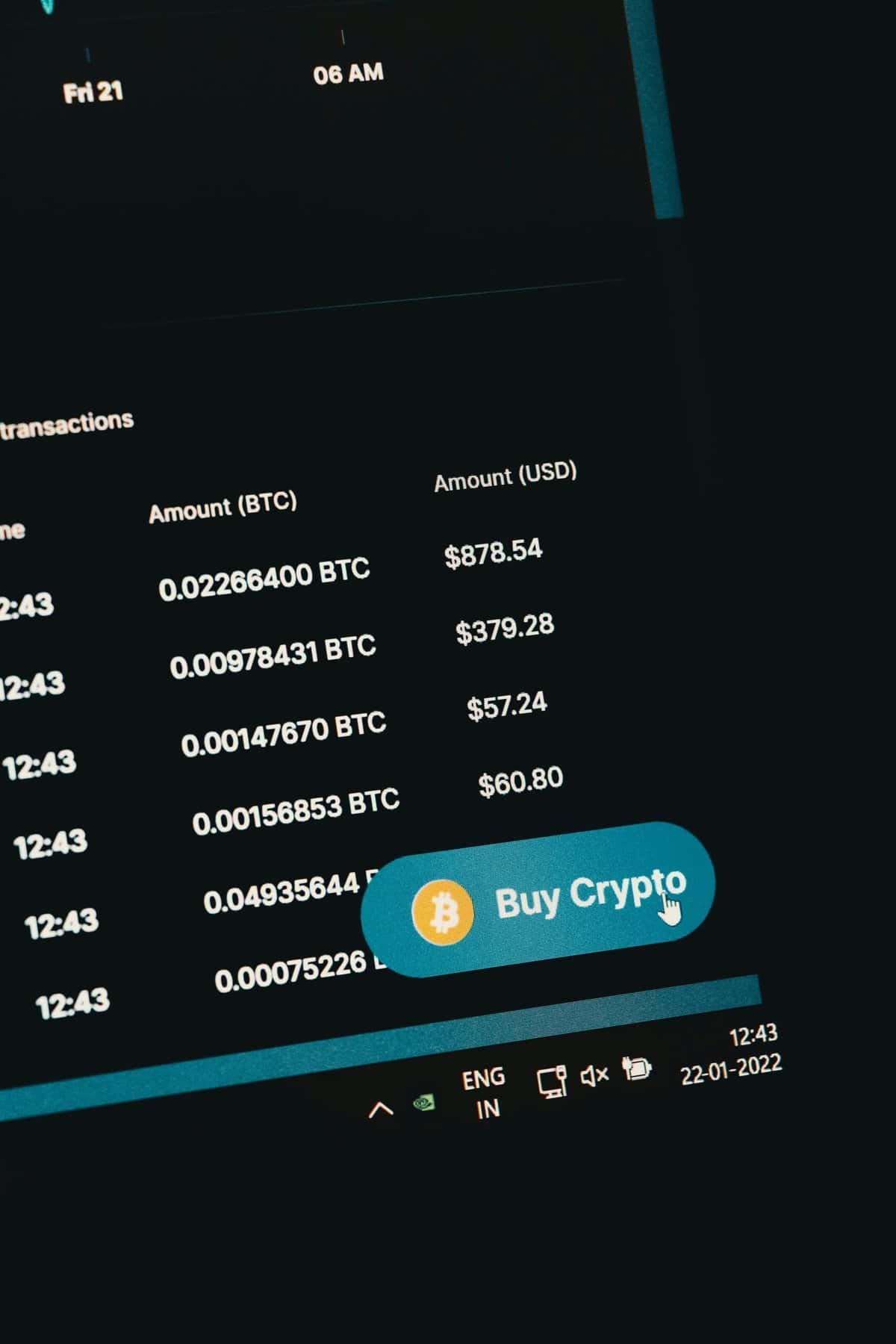Have you ever wondered which staking coins will hold the spotlight in 2025? With so many options out there and a continuously evolving blockchain landscape, it can be challenging to predict which staking cryptocurrencies will offer the best opportunities for growth and rewards. Staking has become a popular option for cryptocurrency enthusiasts seeking to earn passive income, and its appeal is expected to grow even further by 2025.

Understanding Staking Coins
Staking coins are a crucial component of the blockchain ecosystem. They allow holders to participate in the operation of the blockchain network in exchange for rewards. But what exactly are staking coins, and how do they work?
What is Staking?
Staking involves purchasing and holding a specific cryptocurrency in a compatible wallet, effectively “staking” those coins to support the operations of a blockchain network, specifically those that use a Proof-of-Stake (PoS) consensus mechanism. In return for staking their coins, users can receive additional tokens or coins as rewards. This process not only secures the network but also encourages users to keep their coins in circulation for longer periods, thus contributing to the stability and security of the blockchain.
Why Stake?
The primary motivation behind staking is the potential for earning passive income. Unlike traditional savings accounts, staking offers higher returns, making it an attractive option for crypto investors. Additionally, staking helps maintain the activity and security of a network, giving you a sense of contributing to a larger cause while earning rewards.
What Makes a Good Staking Coin?
Choosing the best staking coins involves considering various factors that may influence the potential return on investment. Here’s what you should keep in mind:
Yield and Rewards
Different blockchain networks offer varying rewards for staking their native cryptocurrencies. Generally, the higher the staking reward, the more attractive the coin. However, high rewards can sometimes be accompanied by high risks, making it necessary to strike a balance between reward potential and network reliability.
Network Security and Reliability
Staking coins on a reliable and secure network is essential. A secure network is less vulnerable to attacks, which means your staked coins are safer. Always research the network’s history, community support, and development team to ensure it is stable and trustworthy.
Inflation Rate
A staking cryptocurrency with a high inflation rate might offer lucrative rewards now, but the long-term value of the rewards might decrease. It’s wise to consider the project’s inflation rate to ensure your staking rewards maintain their value over time.
Liquidity
Liquidity refers to how easily you can convert your staked coins into cash or other cryptocurrencies. Coins with higher liquidity are easier to buy and sell, making them a more attractive option for staking.
Community and Development Support
The strength and involvement of the community and developer support play a significant role in the long-term viability of a project. A strong, active community alongside regular updates and improvements can indicate a promising future for a staking cryptocurrency.

The Best Staking Coins in 2025
While predicting the future is no easy task, several staking coins are shaping up to be strong contenders in the coming years. Here are some staking coins that could be considered the best in 2025:
Ethereum (ETH)
Ethereum underwent a significant transformation with the launch of Ethereum 2.0, transitioning from Proof-of-Work (PoW) to Proof-of-Stake (PoS). This upgrade has brought about increased scalability and reduced energy consumption. By staking ETH on the Ethereum network, you could be part of a substantial ecosystem with a promising future, as Ethereum continues to be a key player in smart contracts and decentralized applications (dApps).
Cardano (ADA)
Cardano, an innovative blockchain platform designed for smart contracts, emphasizes sustainability, scalability, and transparency. Cardano’s staking protocol, Ouroboros, is highly regarded for its security and efficiency. With a strong development team and community backing, ADA remains a promising choice for staking in the years to come.
Polkadot (DOT)
Polkadot aims to enable multiple blockchains to interoperate seamlessly within a single network. Its novel approach to interoperability and scalability makes Polkadot appealing for developers and investors alike. Staking DOT allows users to participate in governance and network security while earning rewards.
Avalanche (AVAX)
Avalanche is another high-performance blockchain platform that emphasizes transaction speed and low fees. Its consensus mechanism, Avalanche Consensus, enhances its scalability and security. By staking AVAX, you contribute to the ecosystem’s efficiency and growth potential.
Solana (SOL)
Solana has gained attention for its high throughput and low latency, making it an attractive platform for decentralized applications. Its PoS consensus combined with a unique Proof of History (PoH) model contributes to its robust performance. Staking SOL offers competitive rewards while being part of a burgeoning ecosystem.
Tezos (XTZ)
Tezos is renowned for its on-chain governance, allowing stakeholders to participate in protocol upgrades. The network is energy-efficient, and its self-amending feature makes it adaptable. Staking XTZ helps support its vision of a decentralized future with dynamic governance.
Cosmos (ATOM)
Cosmos serves as an “Internet of Blockchains,” aiming to solve the scalability and interoperability issues within the blockchain space. Its Tendermint-based PoS consensus is efficient and secure. By staking ATOM, users can participate in the governance of this exciting ecosystem.

What is an Oracle in Blockchain?
Before diving further into potential staking opportunities, let’s touch on an important concept in the blockchain world – oracles. You might wonder, what is an oracle in the context of blockchain technology?
Defining Oracles
In simple terms, an oracle is a service that captures external data and provides it to a blockchain or smart contract. Essentially, oracles act as bridges between off-chain and on-chain data, enabling blockchain applications to interact with real-world information.
Importance of Oracles
Smart contracts operate on pre-defined conditions coded into them. However, to interact meaningfully with the real world, they need access to external data, such as price information, weather updates, or event outcomes. Oracles provide this critical data, enabling smart contracts to execute actions based on real-world events.
Types of Oracles
Oracles can be categorized into different types, depending on their functionality and the data they provide:
- Software Oracles: These gather data from online sources, such as APIs, websites, or databases, and provide it to the blockchain.
- Hardware Oracles: These handle data from the physical world, like sensors or IoT devices, to relay information to smart contracts.
- Inbound Oracles: They provide external information to smart contracts.
- Outbound Oracles: These send data from smart contracts to the external world.
- Consensus Oracles: Combining data from multiple sources, these oracles ensure that the information is accurate and reliable before providing it to the blockchain.
Oracle Use Cases
Oracles have a multitude of use cases across different sectors, including DeFi, supply chain management, insurance, and more. For instance, in DeFi, an oracle might supply real-time price feeds to a decentralized exchange, ensuring accurate trading activities.

Evaluating Future Staking Opportunities
As you look forward to the best staking coins in 2025, consider the context in which blockchain technology and cryptocurrencies will evolve. Factors such as technological advancements, regulatory developments, and global economic changes could influence which projects thrive.
Technological Innovations
Technological improvements such as enhancements in consensus mechanisms, layer-2 solutions, smart contract functionalities, and interoperability will likely play a crucial role in the success and adoption of staking cryptocurrencies. Staying informed about these advances will help you make educated decisions on which staking coins to invest in.
Regulatory Environment
As cryptocurrencies become more mainstream, governments worldwide may implement regulations that could impact cryptocurrency staking. Such rules might influence how staking is taxed, the requirements for participating in staking, and overall market stability. Keep an eye on regulatory developments in different regions to anticipate how they might affect your staking strategy.
Economic Factors
Global economic factors, including inflation rates, interest rates, and geopolitical events, can impact the cryptocurrency market. Understanding these dynamics will inform your decision-making process regarding staking, ensuring you evaluate these factors alongside potential rewards and risks.

Conclusion
By understanding the fundamentals of staking, staying informed about the best staking coins in 2025, and considering technological, regulatory, and economic factors, you’ll be well-equipped to make informed decisions that can optimize your returns and minimize risks. Always prioritize thorough research, continual learning, and a balanced approach when navigating the exciting world of staking cryptocurrencies.
